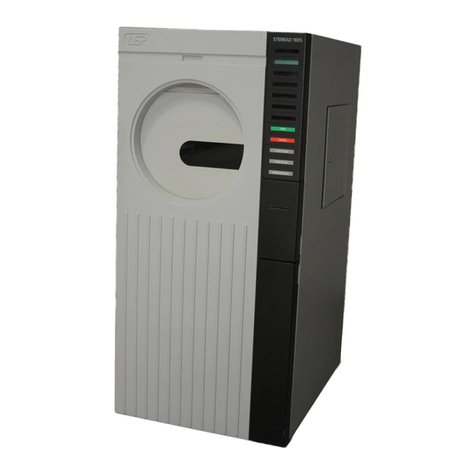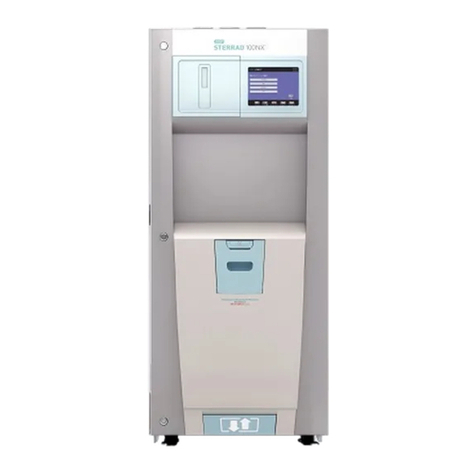
STERRAD®200 User’s Guide 3
Contents
About This Guide 5
Overview ....................................................................................................................5
Chapter 1. Introduction 7
Overview ....................................................................................................................7
System Details............................................................................................................8
Chapter 2. For Your Safety 11
Overview ....................................................................................................................11
Personal Safety and First Aid.....................................................................................11
Device Safety..............................................................................................................13
Cassette Handling.......................................................................................................14
Safe Maintenance .......................................................................................................15
Additional Information...............................................................................................15
Chapter 3. Preparing Items To Be Sterilized 17
Overview ....................................................................................................................17
Indications for Use ................................................................................................17
How to Determine What Can be Sterilized in the STERRAD®200 System..............19
Items Not Recommended ...........................................................................................20
Cleaning, Rinsing, and Drying...................................................................................21
Guidelines for Wrapping, Packaging, and Loading....................................................23
Chapter 4. Day-to-Day Operation 27
Safe Operation............................................................................................................27
Sterilizer Operation.....................................................................................................27
Display Sequence..................................................................................................29
Using the Displays.................................................................................................30
Preparing the Load......................................................................................................32
Biological Indicators .............................................................................................34
Chemical Indicators...............................................................................................36
Preparing the Two-Tier Shelf................................................................................37
Creating the Load Item Data List..........................................................................38
Transferring the Load into the Sterilizer...............................................................40
Inserting a Cassette................................................................................................42
Starting a Cycle ..........................................................................................................45
Entering a Password..............................................................................................46
Cycle Notes ...........................................................................................................50
Watching a Cycle ..................................................................................................51
Completing a Cycle...............................................................................................53































